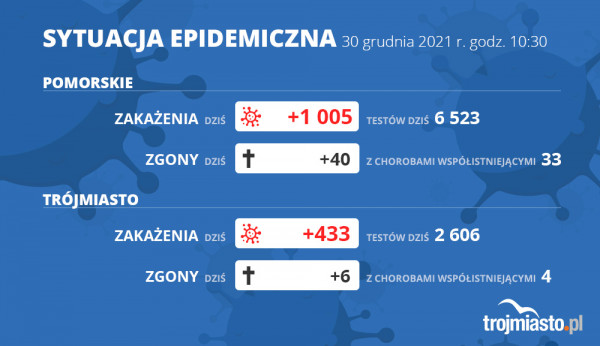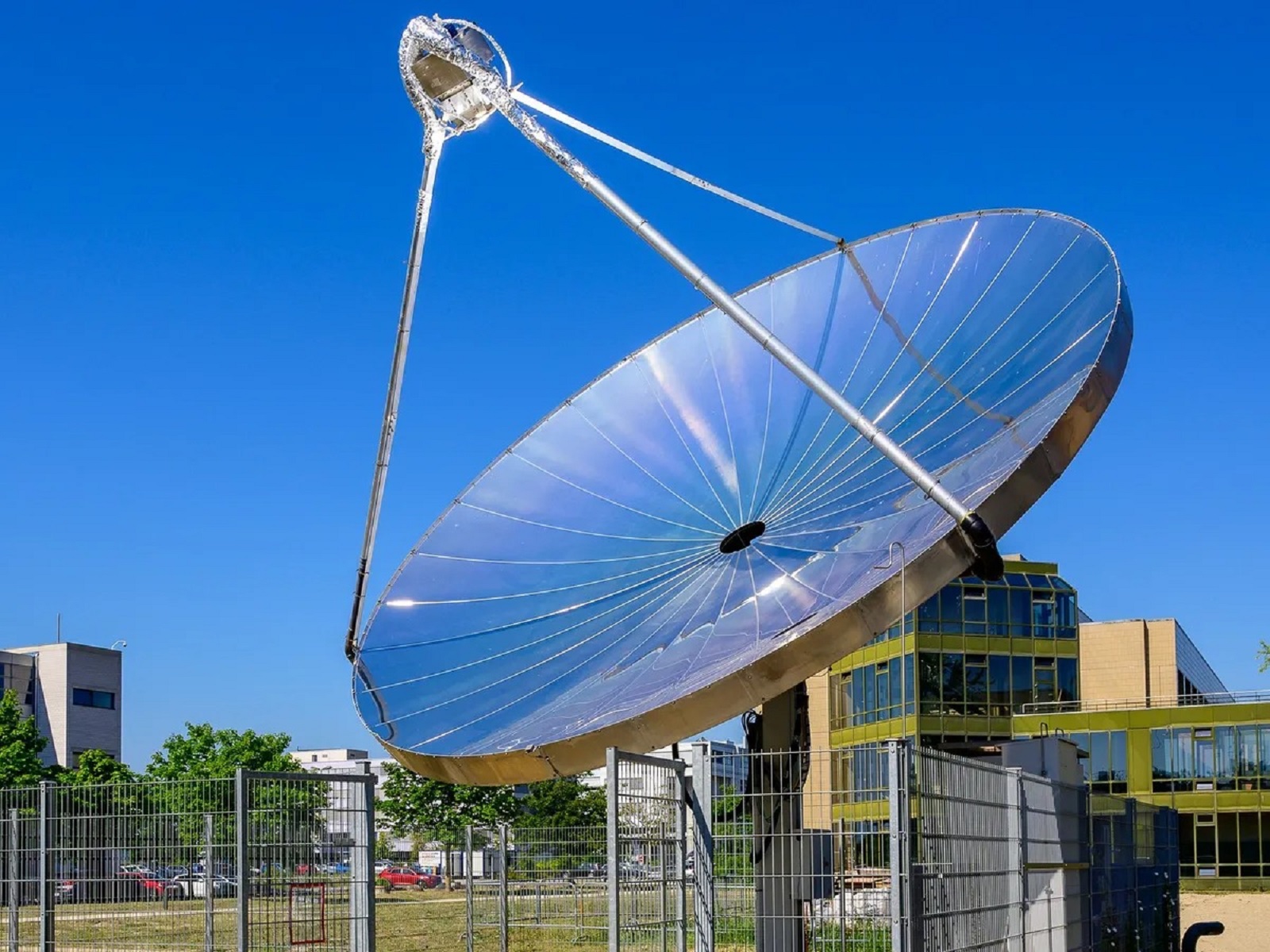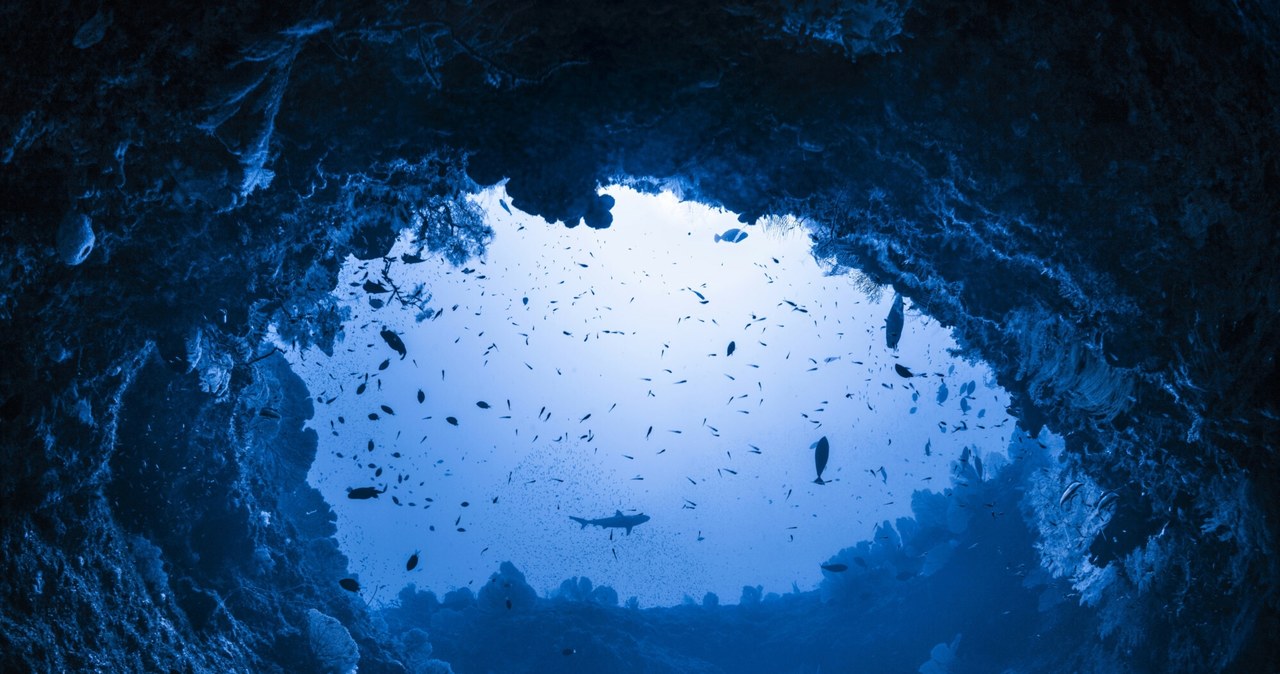Tails of colliding galaxies
The Hubble Space Telescope is precise enough to detect clusters of newborn stars along these tidal tails. They form when galactic gas structures collapse due to gravity, giving rise to about a million new stars per cluster, or star cluster.
The telescope recently examined in more detail 12 interacting galaxies, whose long, tadpole-like tidal tails are composed of gas, dust and lots of stars. Hubble's exceptional sensitivity and resolution in ultraviolet light allowed it to detect 425 clusters of newborn stars distributed along the tidal tails. They look like strings of shiny pearls or Christmas lights. Each cluster contains an estimated one million blue newborn stars.
Star clusters found in the tidal tails of galaxies have been known for decades. When galaxies interact with each other, that is, begin to attract each other, it is gravitational tidal forces that pull long filaments of gas and dust from them. The two most common examples of such galaxy pairs are antennae (also known as antennae) and mouse galaxies – with long, narrow, finger-like protrusions.
In a study recently published in the Monthly Notices of the Royal Astronomical Society (DOI: 10.1093/mnras/stad2886), astronomers used Hubble's near-infrared instruments to examine clusters in tidal tails and determine their age and mass, as well as physical parameters. Of the merging galaxies themselves. The team used archival data with the new observations.
The observed groups were discovered to be very young – only 10 million years old. They also appear to form at the same rate along tails extending thousands of light-years. Tidal tails appear to extend the spiral arm of the galaxy and pull it into space. The outer part of the arm is being pulled like dough due to gravitational interaction with the other galaxy.
According to team members, these observations explain how stars form and what regulates these star formation processes. “This knowledge is crucial to understanding how stars form in our galaxy,” says Professor Sanchaita Borthakur of Arizona State University's School of Earth and Space Exploration, who specializes in extragalactic astronomy.
Impact effects
Suppose that before the merger, the galaxies were rich in dusty clouds of molecular hydrogen that remained essentially quiet and undisturbed. Then, as the galaxies collided, these clouds became disturbed and began colliding with each other. This led to the compression of hydrogen to the point where new star formation processes began rapidly from it, i.e. what is called a stellar storm. Hence this shower of stars.
The fate of star clusters formed in this way is uncertain. They can remain whole, unaffected by gravity, and continue to evolve over millions of years within the galaxy, over time forming classic globular star clusters such as those orbiting above the plane of the Milky Way. They can also disperse to form a halo of stars around their host galaxy, or be jettisoned by gravitational interactions and become intergalactic wandering stars, or in other words, free stars, not bound to any galaxy.
Scientists note that this type of string-of-pearl star formation may have been more common in the early universe, when galaxies collided with each other frequently. Therefore, the nearby Hubble galaxies discussed here are only a modern approximation of what happened a long time ago, and thus allow us to look into the distant past.
The team was also surprised to find many small objects in the tails. This says a lot about the efficiency of the cluster formation process. In fact, tidal tails create new generations of stars that perhaps could not exist otherwise.

Echo Richards embodies a personality that is a delightful contradiction: a humble musicaholic who never brags about her expansive knowledge of both classic and contemporary tunes. Infuriatingly modest, one would never know from a mere conversation how deeply entrenched she is in the world of music. This passion seamlessly translates into her problem-solving skills, with Echo often drawing inspiration from melodies and rhythms. A voracious reader, she dives deep into literature, using stories to influence her own hardcore writing. Her spirited advocacy for alcohol isn’t about mere indulgence, but about celebrating life’s poignant moments.






